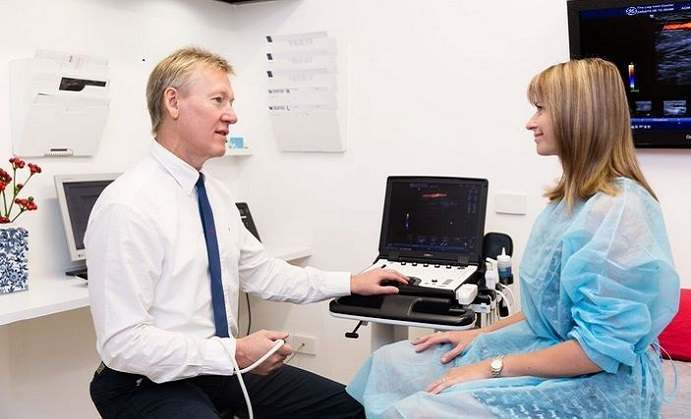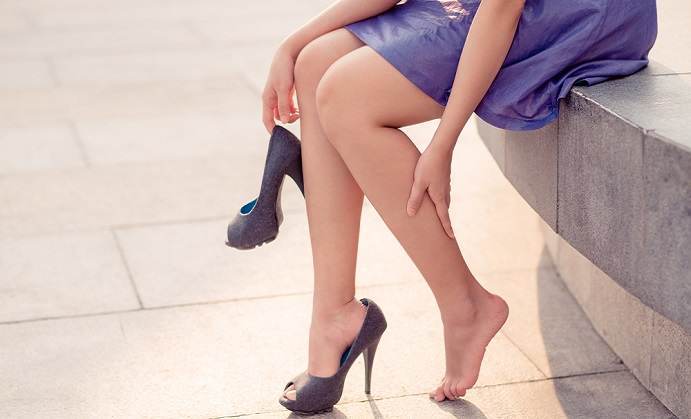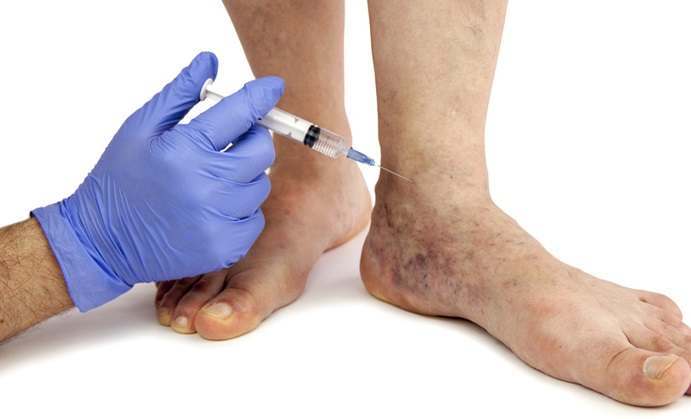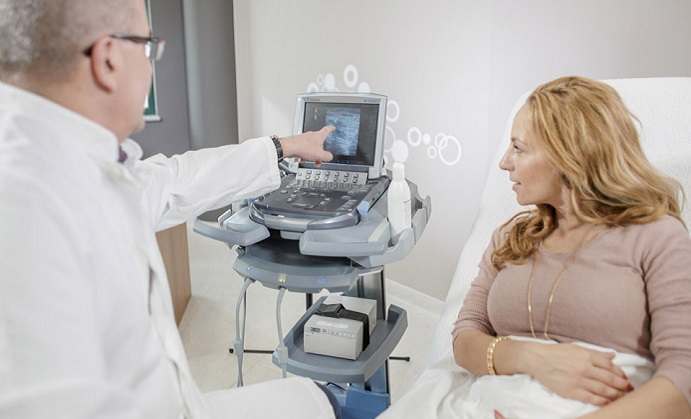Blood valves are helping blood flow freely through the entire body. When veins or vessels are damaged, they can lead to the condition called varicose veins. It usually affects the legs, because they have to carry the entire body weight on a daily basis.
Varicose veins can also be hereditary, so family history plays an important role in the occurrence of this condition. Besides genetics, a daily routine can also increase the risk of varicose veins. You are more likely to develop this condition if your work requires prolonged standing or sitting or if you lead a sedentary life. Some people notice the appearance of varicose veins after physical trauma or leg immobilization due to an accident or disease. Although varicose veins can appear at any age, they usually appear more often than not, on the legs of women older than 40. Women are more prone to varicose veins because of hormonal imbalances.
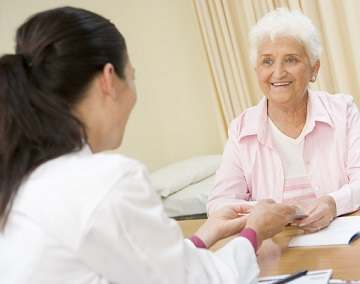 First symptoms of varicose veins are usually mild and hard to notice. They can also be mistaken for leg tiredness. It is very important to react in time, so you can avoid the further development of this condition. Veins become damaged soon after the valves lose their functionality. Symptoms of mild varicose veins are: itchiness, muscle pain or numbness of the legs. As the condition progresses, they will escalate and often lead to complications like ulceration, infection, inflammation and deep thrombosis. It is important to visit the doctor when the first symptoms occur, to get the proper diagnosis and treatment.
First symptoms of varicose veins are usually mild and hard to notice. They can also be mistaken for leg tiredness. It is very important to react in time, so you can avoid the further development of this condition. Veins become damaged soon after the valves lose their functionality. Symptoms of mild varicose veins are: itchiness, muscle pain or numbness of the legs. As the condition progresses, they will escalate and often lead to complications like ulceration, infection, inflammation and deep thrombosis. It is important to visit the doctor when the first symptoms occur, to get the proper diagnosis and treatment.
Eliminate the Risk of Getting Varicose Veins
There are some preventative steps that will reduce the risks of varicose veins by improving blood circulation. These include: short walks, keeping your legs active, and elevating them above the heart. Wearing special supportive stockings can also help with this condition. If you are obese or overweight, you should consider losing some weight to eliminate the additional pressure to the lower legs.
Medical Procedures and Varicose Veins
Some experts suggest remedies and supplements based on Horse Chestnut and Butcher’s Broom for relieving the symptoms of varicose veins. Others recommend diuretics to reduce body weight and leg inflammation.
For advanced cases of varicose veins, some more invasive treatments might be necessary.
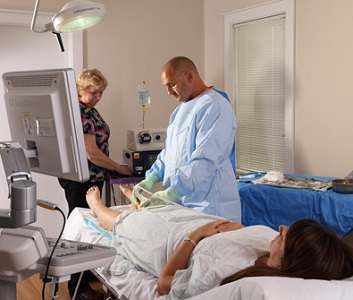 Laser treatments and injections are expensive procedures and there is not enough clinical evidence that they are effective for varicose veins.
Laser treatments and injections are expensive procedures and there is not enough clinical evidence that they are effective for varicose veins.
Sclerotherapy is a procedure in which some chemicals are injected into the veins. It can be effective for small veins, but it is often has some side effects.
Surgery is still the most popular procedure when it comes to treating varicose veins. It removes the blood clot and reconnects healthy veins after the removal of the dysfunctional ones, to ensure the continuous blood flow through the body. However, it can leave some scars on the skin.
Even though these procedures must be done by well-trained experts, there is no guarantee that they will be effective and that the condition will be permanently solved. It is very important to diagnose varicose veins in the early stages of the development, so the less aggressive treatments are sufficient.


